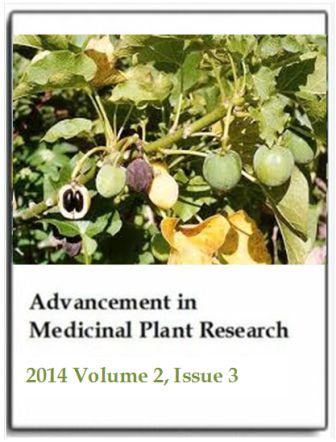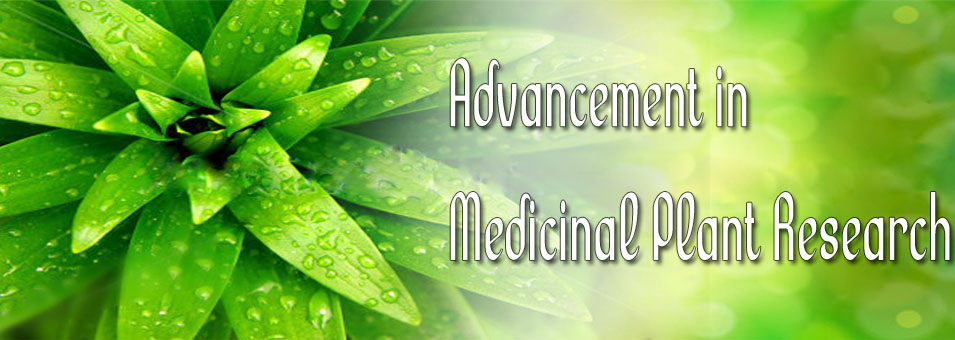In vitro amoebicidal, antimicrobial and antioxidant activities of the plants Adansonia digitata and Cucurbit maxima
JAhmed S. Kabbashi, Waleed S. Koko, Serf Eldin A. Mohammed, Nadir Musa, Elbadri E. Osman, Mahmoud M. Dahab, Eltayeb F. Fadul Allah and Asaad Kh. MohammedAdvancement in Medicinal Plant Research
Published: September 30 2014
Volume 2, Issue 3
Pages 50-57
Abstract
The present study was conducted to investigate the amoebicidal activities of two medicinal plants used in Sudan. The World Health Organization (WHO) estimates that the protozoan Entamoeba histolytica is a major cause of morbidity worldwide, causing approximately 50 million cases of dysentery and 100,000 deaths annually. Amoebiasis is due to infection with the protozoan parasite E. histolytica. The patients infected with E. histolytica must be treated right after definite diagnosis and no need to treat infected individuals with E. histolytica dispar isolates. Metronidazole is used as a drug of choice against amoebiasis. However, like a lot of other chemical agents, this drug has its own side effects. Whole plants of Adansonia digitatata (leave) and Cucurbita maxima (seed) were extracted by ethanol, with different concentrations (500, 250 and 125 μg/ml) and Metronidazole (312.5 μg/ml) to be investigated against E. histolytica trophozoites in vitro. Ethanolic extracts of A. digitatata (leave) exhibit 100% inhibition against E. histolytica at concentration 500 μg/ml after 72 h, this was compared with Metronidazole powder which gave 75% inhibition at concentration 312.5 μg/ml at the same time. Ethanolic extracts of Cucurbita maxima (seed) exhibit 100% inhibition at concentration 500 μg/ml after 96 h; this was compared with Metronidazole powder which gave 80% inhibition at concentration 312.5 μg/ml at the same time. The tested plants showed high antimicrobial activities to the tested bacterial and fungal strains. Moreover, C. maxima (seed) extract showed a moderate antioxidant activity via DPPH assay free radical test, however Adansonia digitatata (Leave) extract showed low antioxidant activity through the same test. On the other hand, no activity was presented in iron chelating assay. In conclusion, these studies conducted for both A. digitatata (leave) and C. maxima (Seed) were proved to have potent activities against E. histolytica.
Keywords: In vitro, amoebicidal, Entamoeba histolytica, Metronidazole, Adansonia digitatata (leave), Cucurbita maxima (seed).
Full Text PDF
